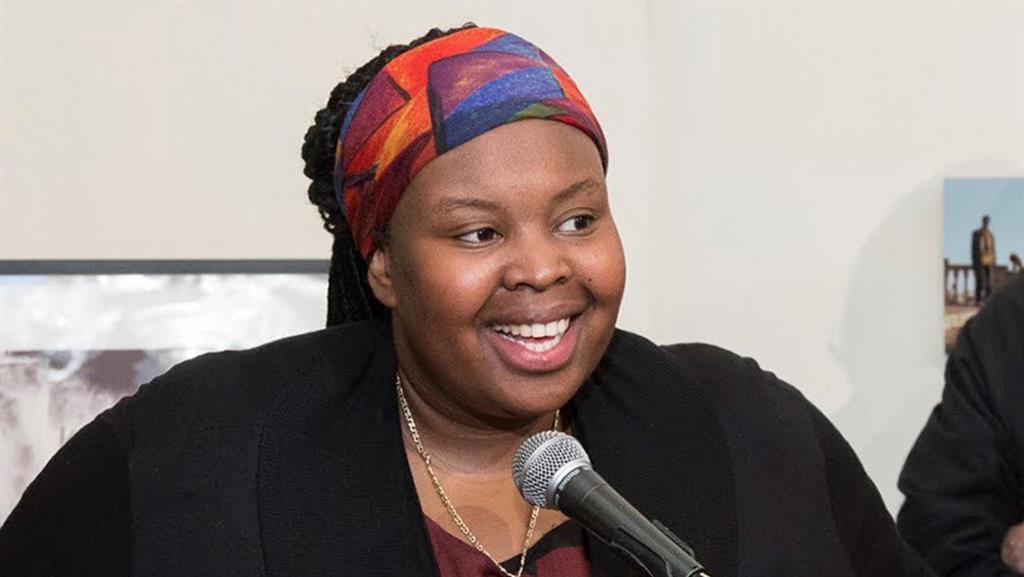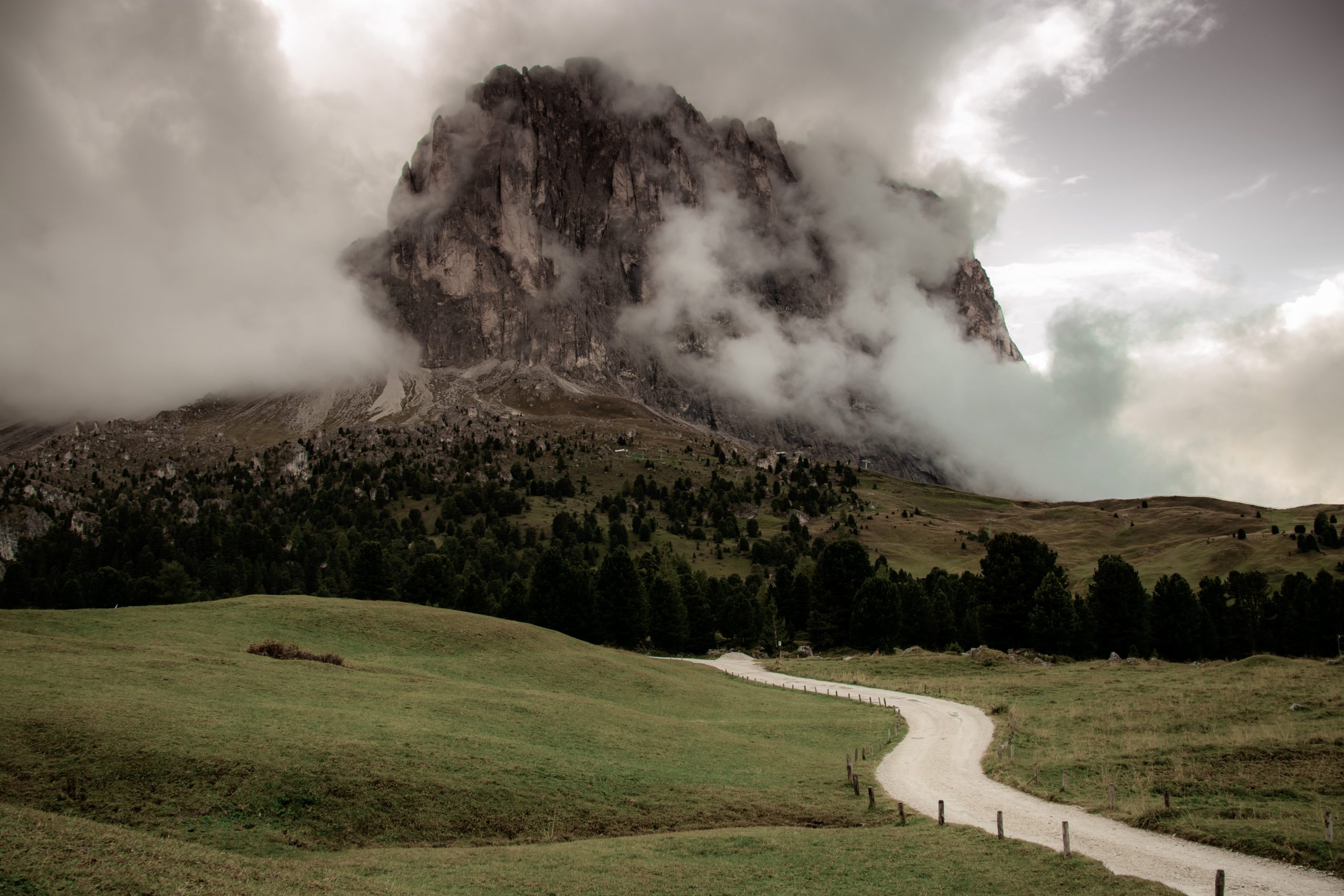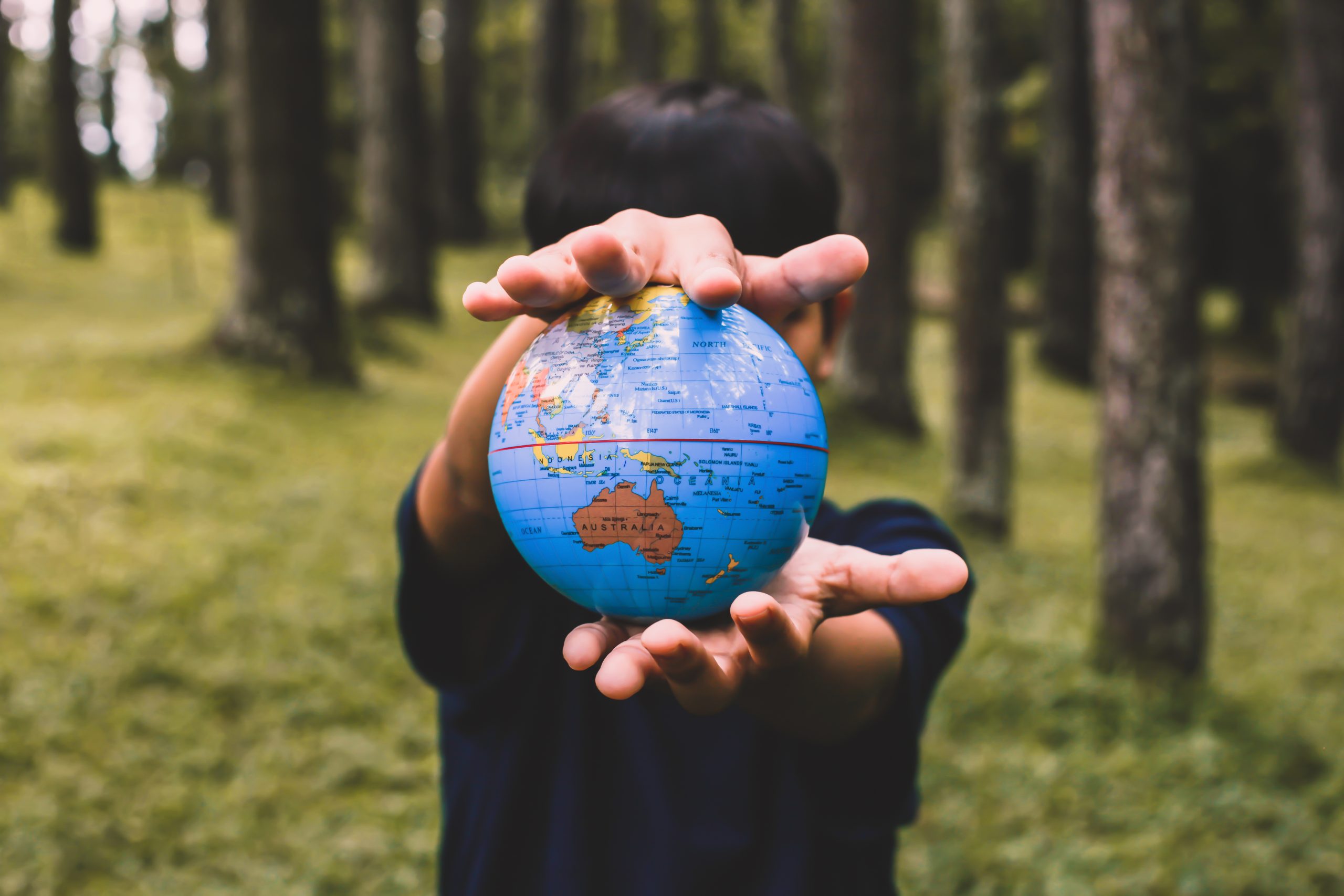ENVIRONMENT
GAMBIA: Two Gambians dead in London’s Greenfell Tower fire.

Two Gambians, daughter and mother have died after sustaining serious injuries when a London apartment skyscraper caught fire on Wednesday. British-Gambian artist Khadija Saye, 24, and her mother, Mary Mendy, 53, were first reported missing but later found by firefighters and taken to the hospital.
They did not make it.
Saye is currently included in the Venice Biennale’s Diaspora Pavilion.
According to the Telegraph, the building has between 400 and 600 residents.
Saye lived on the 20th floor of the 24-story Grenfell Tower with her mother.
“She was saying she just can’t get out and ‘Please pray for me. There’s a fire in my council block. I can’t leave the flat. Please pray for me and my mom,’” said Nicola Green, her friend and mentor.
“We’re told some people have been rescued up to the 19th and 20th floor. She was on the 20th floor. Nobody has any information at this point.”
When Saye was first reported missing, the Tottenham Labour MP, David Lammy (who is Green’s husband), sent out a tweet pleading for information about Saye’s whereabouts, describing her as a “dear friend, a beautiful soul and an emerging artist.”
Though the cause of the fire, which began shortly before 1 am, remains unknown, fears that a catastrophic blaze could occur at Grenfell Tower date back at least four years.
The Grenfell Action Group, a residents’ association, repeatedly warned about the risk of fire and claimed a major blaze was narrowly averted after a power surge in 2013.
The group said its concerns were dismissed.
Witnesses described screams of terror and people jumping in an attempt to reach safety.
A baby was caught by a member of the public after being dropped from the ninth or 10th floor, a witness said.
More than 200 firefighters tackled the blaze at its peak with more than 40 engines. Sixty-five people were rescued.
Saye was born and raised in London. She graduated from the University for the Creative Arts in southern England in 2013.
Her work, which is rooted in photography, is shaped by her multicultural and multi-faith background.
Her recent series have focused on subjects including traditional spiritual practices in The Gambia, hairstyles as manifestations of personal identity and culture, the function of mosques as community centers, and drag performance.
From gambiasmbc.com/
This is the stunning and moving art of Khadija Saye. 4News
ENVIRONMENT
NIGERIA – More than 200 dead in deadly floods in Mokwa

More than 200 people were found dead after the sudden floods that hit the Central West of Nigeria on Thursday, May 29, 2025, announced the humanitarian coordinator of the state of Niger in a new report, Tuesday, June 3. Hundreds of victims are still missing.
The balance sheet is getting heavier. Trapped by sudden floods in west-central Niger, many people were still missing on Tuesday 3 June. The humanitarian coordinator of Niger state said that the death toll now exceeds 200, while hundreds of people are still missing.
“We have more than 200 bodies,” Ahmad Suleiman told Channels Television. “No one can say at the moment how many deaths there are in the state of Niger because we are still looking for other bodies,” he added.
The research continues
“We continue to search but sincerely, we cannot be sure of anything,” he added. Many victims were counted in Mokwa, the most affected agglomeration and a neighborhood of which was wiped out within hours Thursday by flood waters from the Niger River. Since then, volunteers and rescue teams have been combing the area under an overwhelming heat, sometimes finding bodies up to 10 kilometers away.
The coordinator’s announcement comes after the official toll remained stuck at 150 deaths, although some residents deplore the loss of more than a dozen family members.
Fifteen of the 36 states in Nigeria had been placed on flood alert a few days before the disaster. Climate change amplifies extreme weather events in Nigeria but for the people of Mokwa, the tragedy is also linked to human failures. In Mokwa, muddy waters swept away hundreds of houses in the town, including the lack of maintenance of the nozzles designed to evacuate floodwaters, which were clogged with debris on the day of the flood.
The death toll could exceed the 321 deaths from the floods that occurred in 34 of Nigeria’s 36 states in 2024. The Nigerian government claims to have provided aid, but on the spot, the inhabitants feel left to themselves and several families said they had received nothing.
Source: la-croix.com/ Photo credit: TV5
ENVIRONMENT
LIBYA – Storm Daniel: The international community is organizing to send aid

Emergency services are trying to identify the number of victims caused by the passage of Storm Daniel, Sunday, September 10, 2023 on the east coast of the country. Torrential rains and the collapse of two dams led to the partial destruction of the city of Derna, which has a population of 100,000. The international community is organizing to provide emergency assistance.
Neighborhoods engulfed under water, dams that have broken, mudslides that take away buildings. The situation is dramatic in Libya, after the floods caused by storm Daniel last Sunday in the east of the country.
Libyan relief services under the Tripoli government, recognized by the international community, released a final human toll mid-day. According to their spokesman, Oussama Ali, the storm left at least 2,300 dead and 7,000 injured in the city of Derna alone, clearly the hardest hit.
The government of the East, rival to that of Tripoli, puts forward an even heavier record: it says that more than 5,200 people died in Derna. The Minister of Health even says he expects twice as many victims. The final toll remains very uncertain. The International Federation of Red Cross and Red Crescent Societies remains cautious on the numbers, but recognizes a «huge» death toll that can be counted in thousands. There are an estimated 10,000 missing. There are also 65 other deaths in other cities in eastern Libya.
A IFRC official talks about humanitarian needs that far exceed the capabilities of the Federation, and even the government.
ENVIRONMENT
SUSTAINABLE DEVELOPMENT GOALS – The world risks missing the Millennium Development Goals

Failure to redouble global efforts to achieve the Sustainable Development Goals (SDGs), which promise a better world for all, could fuel greater political instability, disrupting economies and causing irreversible damage to the natural environment, warns a report released Monday by the UN.
In 2015, world leaders made a historic promise to guarantee the rights and well-being of everyone on a healthy and prosperous planet when they agreed to the 2030 Agenda for Sustainable Development and its 17 SDGs.
However, according to the Report on the Sustainable Development Goals 2023, published Monday, July 10: Special Edition (The Sustainable Development Goals Report 2023: Special Edition), the combined effects of the climate crisis, the war in Ukraine, The grim global economic outlook and persistent effects of the COVID-19 pandemic have revealed systemic weaknesses and significantly hindered progress towards targets.
With only seven years left to implement the Objectives, the stakes are huge. Using the latest available data and estimates, the report presents a sobering image of the SDGs as the High-Level Political Forum on Sustainable Development kicked off on Monday and is set to run until 19 July.
The Forum, during which countries will present concrete actions to achieve the SDGs, precedes the SDG Summit scheduled for September, a decisive moment for world leaders to urgently reverse the trend and relaunch the SDGs.
SDGs are at risk
Of the approximately 140 targets that can be assessed, half have moderate or severe deviations from the desired trajectory. In addition, over 30% of these targets have not achieved any progress or, worse, a decline below the 2015 baseline.
According to the report, the effects of the COVID-19 pandemic have blocked three decades of steady progress in reducing extreme poverty, with the number of people living in extreme poverty increasing for the first time in a generation.
If current trends persist, by 2030, 575 million people will remain trapped in extreme poverty and about 84 million children and youth will still be out of school. Based on data collected in 2022 in 119 countries, 56% of countries did not have laws prohibiting direct and indirect discrimination against women. The global temperature rise has already reached 1.1°C above pre-industrial levels and is expected to reach or exceed the critical tipping point of 1.5°C by 2035.
The report also warns that while the lack of progress is universal, the poorest and most vulnerable are suffering the worst effects of these unprecedented global challenges.
Further progress is possible
But progress in some areas since 2015 illustrates the potential for further progress. The share of the world’s population with access to electricity rose from 87% in 2015 to 91% in 2021, with nearly 800 million more people connected.
The report also shows that by 2021, 133 countries had already achieved the SDG target on under-five mortality, and another 13 are expected to do so by 2030. Despite the slowdown in global industrial growth, medium-high and high-tech industries posted robust growth rates. Developing countries installed a record 268 watts per capita renewable energy capacity in 2021. In addition, the number of people using the Internet has increased by 65% since 2015, reaching 5.3 billion people worldwide in 2022.
According to the UN, these significant development gains demonstrate that a breakthrough towards a better future for all is possible through the combination of collective action and strong political will, and the effective use of technologies, available resources and knowledge. This can lift hundreds of millions of people out of poverty, improve gender equality and put the world on a path to low greenhouse gas emissions by 2030. Strengthening data collection will also be key to understanding where the world is and what needs to be done to achieve the SDGs.




